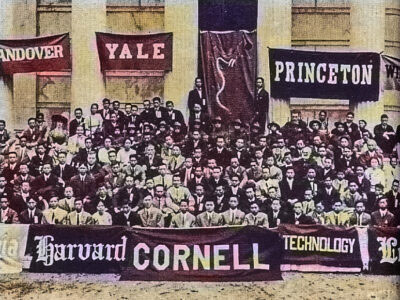
This case study aims to reassess the significance of American-trained Chinese elites in Republican China. While previous scholarship had privileged an institutional approach (focused on US-China diplomacy or immigration policies) this case study focuses on human players in real life (Varg, 1980, Chan, 2009, Chang, 2015, Brooks, 2019.[1] Taking American-returned students as a group in itself, we will point out similarities and differences between individuals, identify different profiles or subgroups of returnees, and highlight hidden patterns of relations across social categories and national boundaries. While previous studies have focused on either their formative years in the United States or their later career after their return to China, our goal is to bridge the two sides and to reconstruct their entire life trajectory. Our ultimate goal is to illuminate how returnees made use of the knowledge they acquired abroad to serve Chinese society or to pursue their own motivations. The cornerstone of this case study consists in building a database of American-returned students, which will be part of the larger Modern China Biographical Database (MCBDB) developed by the ERC project and will rely on cooperation with China University Student Datasets (CUSD) (cf. X-Mind). In order to reconstruct the returnees’ networks and life trajectory. The database will include not only individuals but also the institutions, places, events and works (books, journals) they were connected to. Data input will come from various sources: students’ directories and journals (Chinese Students’ Monthly), students who’s who, guides of doctoral dissertations (Yuan, 1961), Chinese and American newspapers, institutional archives (China Foundation for the Promotion of Education and Culture, Archives No.2 in Nanjing, Historical Archives – Guoshi guan – in Taipei, university archives), personal papers (Columbia University Chinese Oral History Project, Hoover Institution Archives). Drawing on this database, we will combine various methods in order to provide the most complete and precise picture of US-trained Chinese as a group: multivariate analysis (to discover similarities and differences), network analysis (to unveil patterns of relations), and sequence analysis (to reconstruct individual and collective life trajectories).